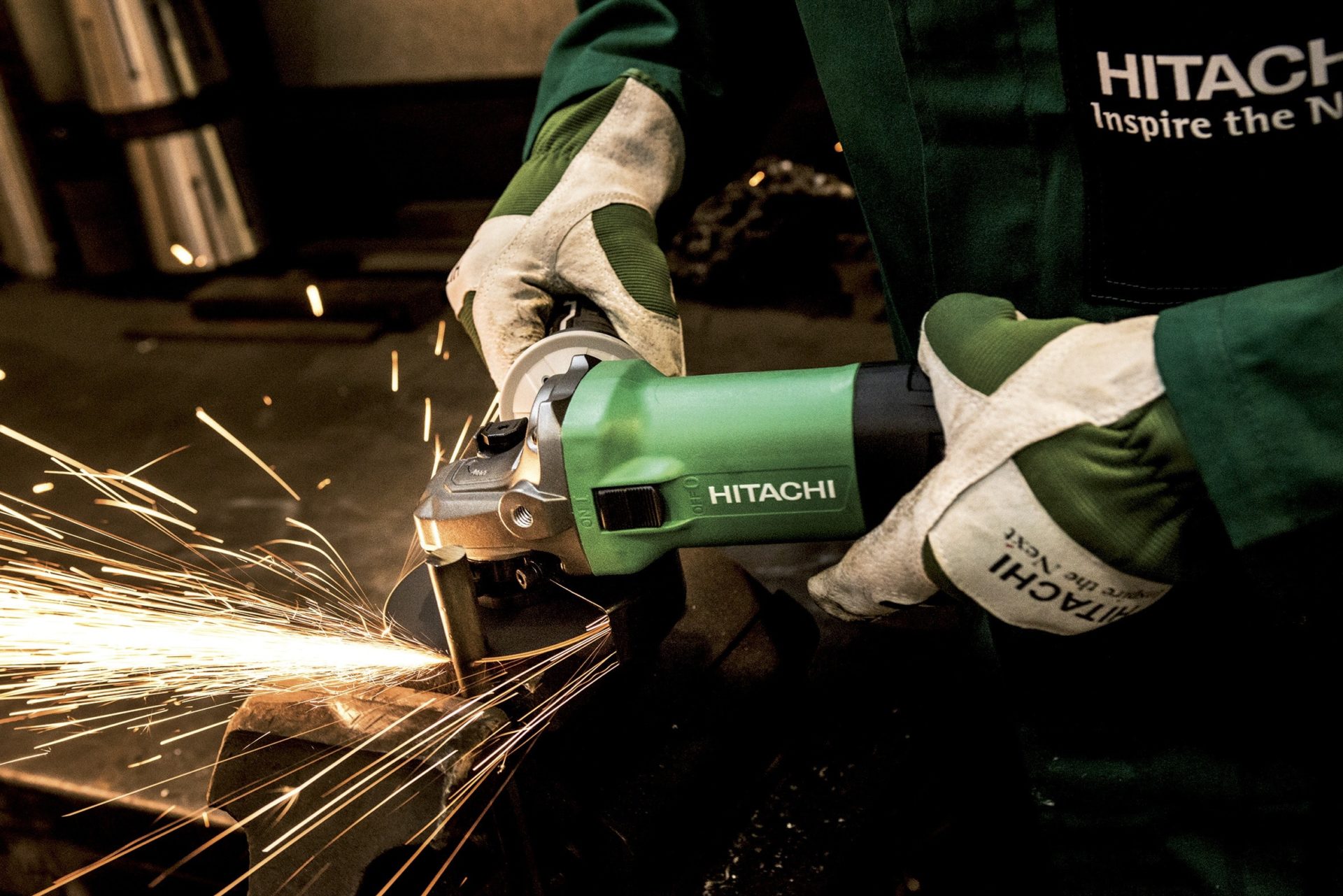Ever wondered how the water flows into the house tap as soon as you open it? Almost no one ever thinks of it. In fact, it is almost considered as a rule of nature that you will open the tap and there will be water every single time. But let’s just go back to the basics and understand how the house tap works. It is all about the pressure of the water and how the mechanics inside the tap stops the water from flowing as soon as you close the tap.
The easy process

Depending on the type of house tap you are using, the mechanism can be different for different taps. Let’s start with the most common type of house taps that almost every has in their house. This will be the tap that you turn on and water flows immediately. The tap over the kitchen sink is one of the examples that you can consider for this one. This mechanism comprises of a lever of a screw that produces the necessary force to stop the water from flowing when after you close the tap.
There are many taps that operate by regulating the water flow. These taps operate on the fluid flow property. It means that the tap will hold back the water flow when the tap is turned off and it will regulate the flow of water when it is turned on. Taps that are used in the garden to water the trees are the best examples of this mechanism.
Here is an easier way to understand how a house tap works:
• The part that you use to turn the tap on is a screw that goes down in the casing of the tap. This operates the flow of water when you turn the tap on or off.
• There is a leather washer or rubber that is attached at the bottom of the screw that presses down right to the end of the water pipe. This prevents the water from flowing.
• The washer is lifted when you turn on the tap and it allows the water to flow through the spout.
• After you are done using the water, you screw the washer down that cuts off the water flow.
This mechanism is followed in almost all the taps; the only difference is the shape and design of the tap according to which the tools used to follow the mechanism changes slightly.
Thank you to Plumbers Geelong for the information.
